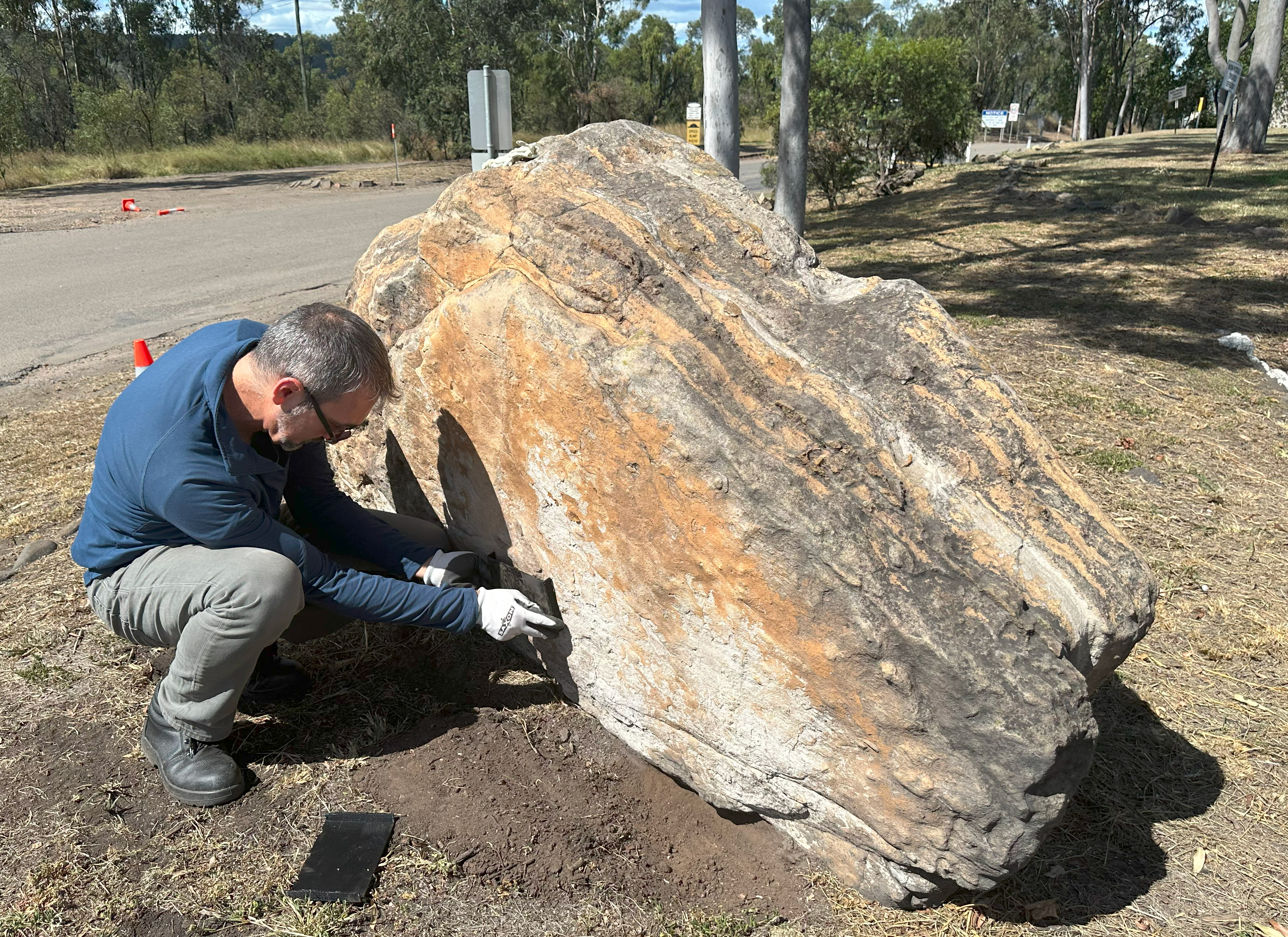The once-extinct dire wolf species, popularized in HBO's "Game of Thrones," has been brought back. But were Colossal Biosciences scientists behind the de-extinction so preoccupied with whether or not they could, that they didn't stop to think if they should?
The Dallas-based biotech company on Monday announced the large canines that went extinct nearly 13,000 years ago were partly revived by breeding three wolf pups that carry genes of their long-lost ancestors.

The de-extinction revelation generated curiosity, concern and commentary — including from a "Jurassic Park" social media account.
"We see no possible way this could go wrong," the "Jurassic World" account wrote on X.
The tongue-in-cheek comment is a nod to the cautionary tale in Steven Spielberg's 1993 classic film "Jurassic Park" in which the hubris of humanity's science leads to destruction and chaos.
Seeing as Colossal Biosciences is also working to bring back the extinct prehistoric woolly mammoth and dodo species, it's not unreasonable to imagine a world in which further developments in de-extinction lead to more "Jurassic Park" references.
However, the dire wolf comeback isn't a full revival of the species. The DNA from the fossils of dire wolves was extracted and used to edit the genes of gray wolves. Those edited cells were used to create embryos that were transferred to surrogates, leading to an indirect rebirth of an extinct species.
The three pups, who were born six months ago, are named Romulus, Remus and Khaleesi. They feature traits of dire wolves — including a larger, stronger body and a longer, fuller coat with light pigmentation.
Get a weekly recap of the latest San Francisco Bay Area housing news. Sign up for NBC Bay Area’s Housing Deconstructed newsletter.
More prehistoric news:
University at Buffalo biologist Vincent Lynch told NBC News the results only bring back the exterior semblance of an extinct species. Additionally, Lynch stresses this latest effort doesn’t mean dire wolves are coming back to North American grasslands any time soon.
“All you can do now is make something look superficially like something else”— not fully revive extinct species, he said.
Perhaps with more time and scientific breakthroughs, we'll see the full return of a once-extinct species. As we know, life finds a way.
Mike Gavin and The Associated Press contributed to this report.




